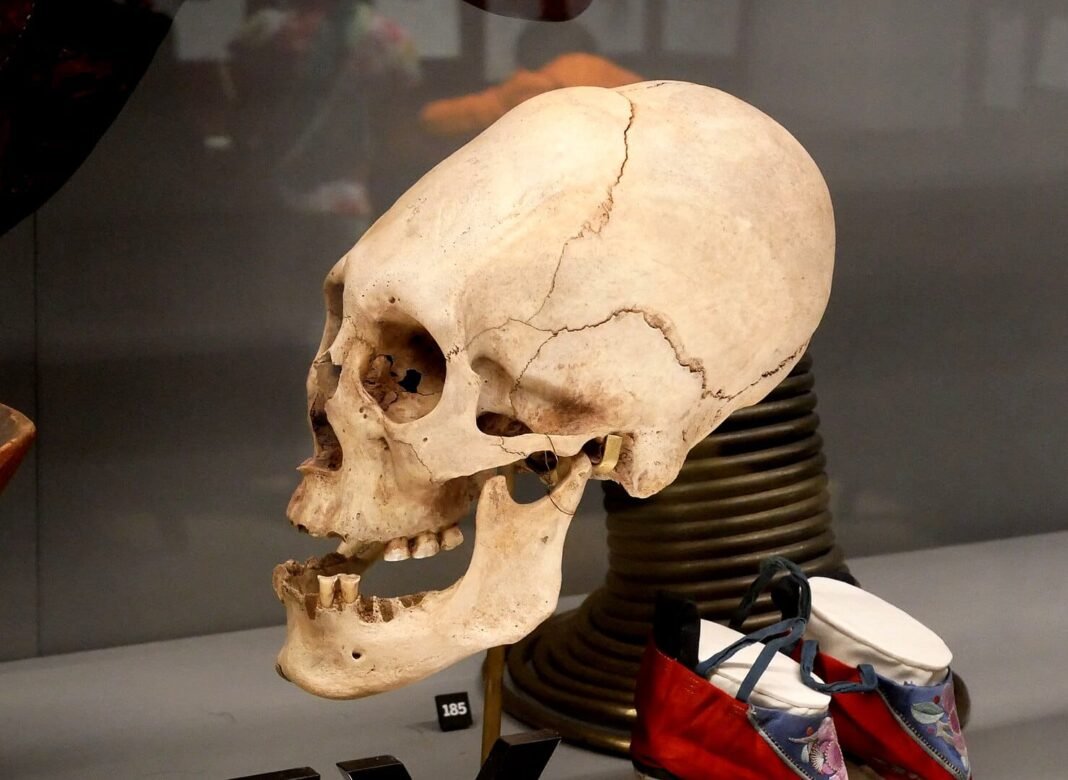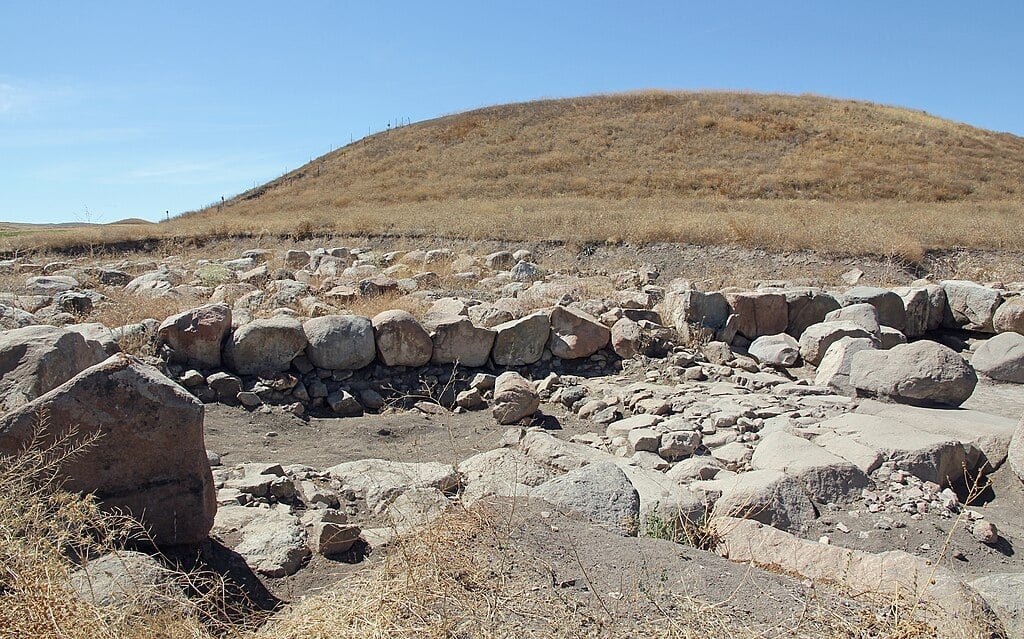
A skull discovered 50 years ago in a cave in Italy has been confirmed as the oldest modified skull ever found in Europe. Dated between 12,190 and 12,620 years ago, it shows that deliberate cranial reshaping was already practiced during the Stone Age.
Skull from an ancient burial site
Published July 30 in Scientific Reports, the study examined remains from Arene Candide Cave on Italy’s northwestern coast. The Late Upper Paleolithic site served as a burial ground for hunter-gatherers, and excavations in the 1940s uncovered dozens of skeletons, many of which were intentionally rearranged after death as part of ritual practices.
One skull, belonging to an adult male known as AC12, was found in a niche above another grave. In the 1980s, researchers suggested its long, narrow shape might have been caused by illness or injury during childhood. The new study points to a different explanation — deliberate cranial modification.
How the skull was reshaped
Artificial cranial modification involves applying steady pressure to an infant’s head while it is still developing, permanently changing its shape. Researchers believe AC12’s elongated form was likely created by wrapping strips of fabric tightly around the head during early childhood. It remains unclear whether the practice affected brain function.
Virtual reconstruction reveals the truth
The skull had been glued together in the 1970s, making direct measurement impossible. To study it without causing damage, researchers used CT scans to virtually separate the bones. They created four digital reconstructions and applied geometric morphometrics — a method for measuring the biological shape of bones — to compare AC12 with skulls from other regions.
A 12,500-year-old skull from Italy’s Arene Candide Cave, revealing the earliest known case of artificial cranial modification in Europe, poses haunting questions about identity and societal norms among ancient hunter-gatherers. pic.twitter.com/PqGV2bFudw
— Nyra Kraal (@NyraKraal) August 7, 2025
The results showed AC12 closely matched intentionally modified skulls, not those altered by disease, injury, or natural variation. This confirmed it as the earliest known case of cranial modification in Europe.
Cultural meaning remains uncertain
The purpose of cranial modification is still a matter of debate. Study co-author Irene Dori, a bioarchaeologist at the University of Florence, said body modification was a widespread ancient practice used to signal identity, status, and social traditions.
At Arene Candide, evidence from teeth suggests some individuals also wore cheek plugs. Because many of the remains are fragmentary, it is unclear how common cranial modification was at the site.
Wider connections and ancient roots
Researchers are analyzing DNA from the site to determine whether AC12 had different origins or genetic links to other groups. The practice itself is not unique to Europe.
Asia’s earliest examples date to around 11,200 years ago, while the oldest in Australia is about 13,500 years old. It is perhaps most widely recognized from Central and South America, where it continued for nearly 10,000 years.
Dori said the tradition may have arisen independently in different regions or spread through cultural contact. With modified skulls found across Eurasia, she added, the current evidence cannot confirm which explanation is correct.


